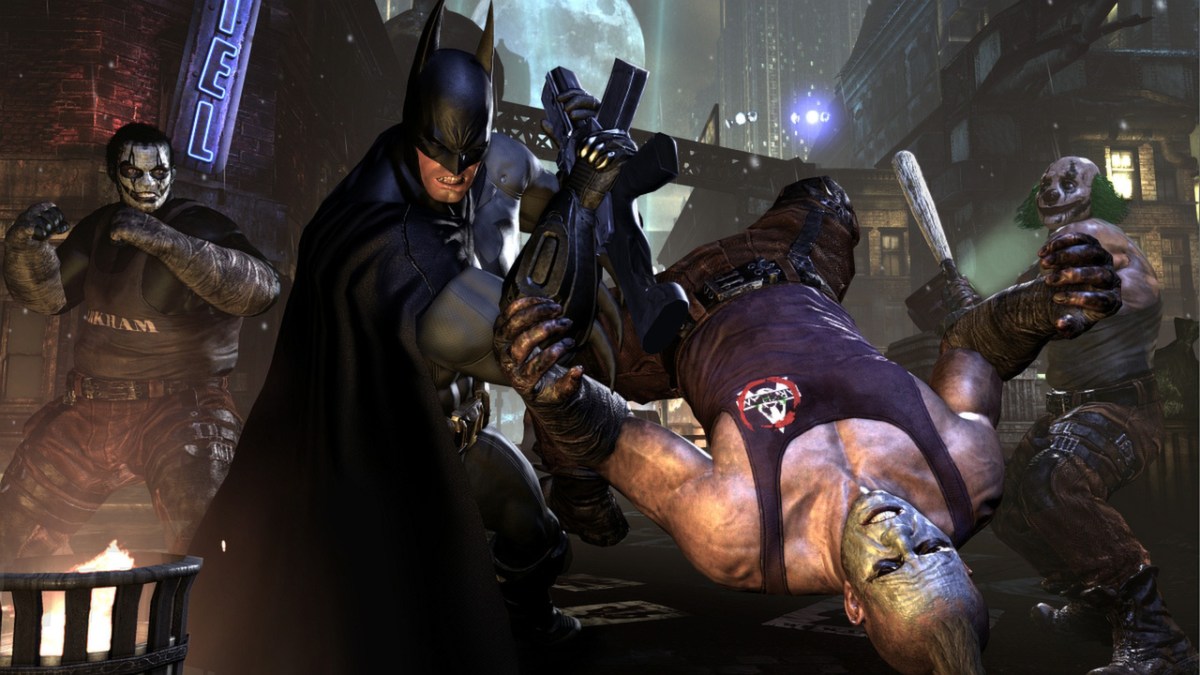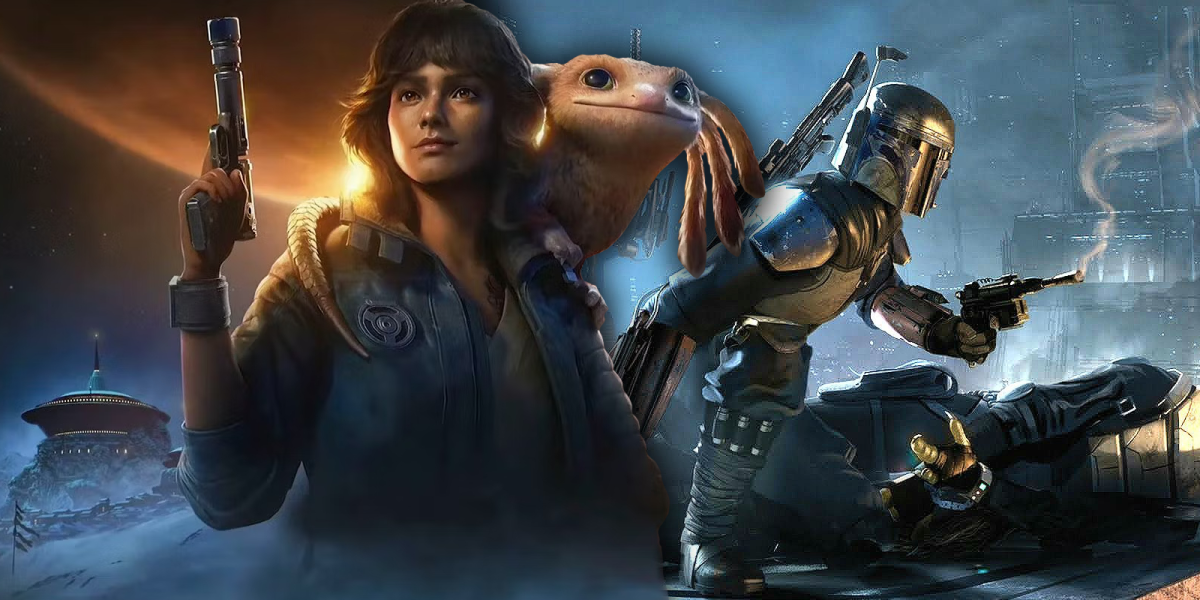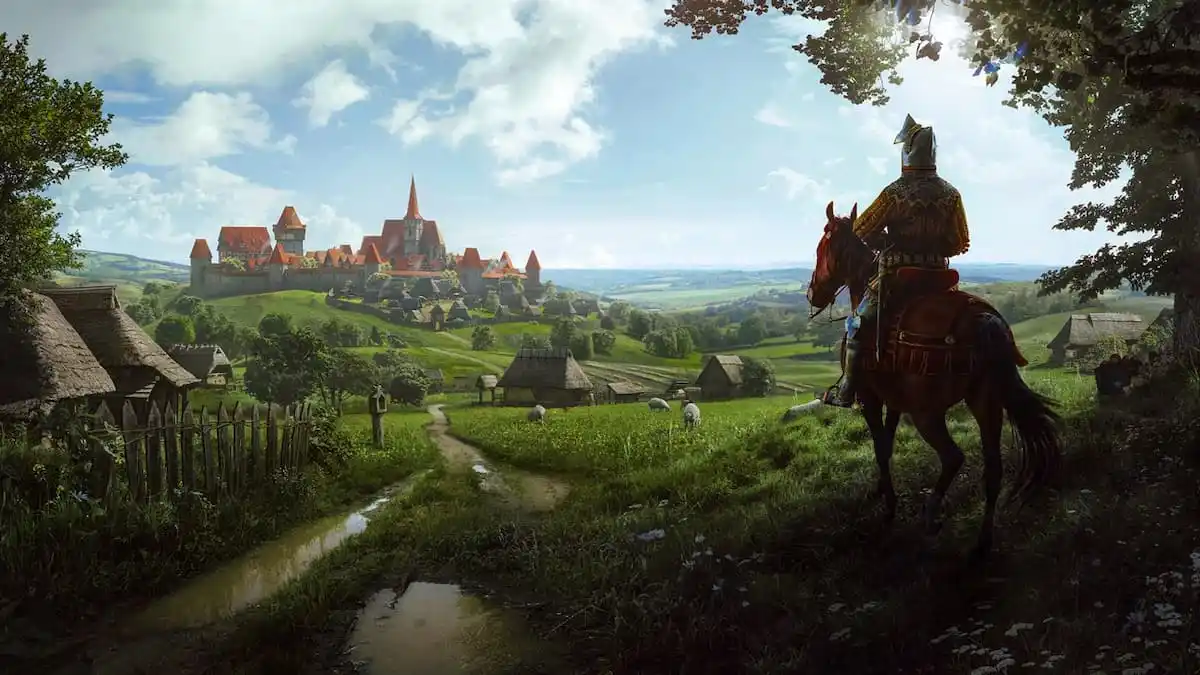Rocksteady’s Batman: Arkham trilogy remains the gold standard for superhero video games. The player assumes the role of the Dark Knight (Kevin Conroy) through a set of adventures that throw him into conflict with many of his iconic villains. They’re immersive and ambitious pieces of work, particularly in the context of licensed video games. They also accomplish something truly impressive: They invite the player to feel what it might be like to be Batman.
Batman has endured for almost a century across a variety of media. He originated in comic books, before making the leap to film serials and television shows. As far as pulp characters, allowing for the occasional Batman Forever, the Caped Crusader has a pretty good track record in terms of adaptation. He has become something of a standard bearer for the superhero and comic book genre, one of the most recognizable brands in the world.
A large part of the Caped Crusader’s appeal is his iconic rogues’ gallery. Few superheroes can claim such a deep bench of memorable antagonists. Only Spider-Man comes close. Consider the number of Batman villains featured in live-action films since 1989: the Joker, the Penguin, Catwoman, the Riddler, Two-Face, Bane, Poison Ivy, Mr. Freeze, Mr. Zsasz, the Scarecrow, Ra’s al Ghul, Talia al Ghul. Many of these have gone through multiple iterations.
These villains are so compelling that Batman: The Animated Series famously functioned as something close to a villain-centric anthology. It would devote multiple episodes to individual villains: their tragic origins and their unique pathologies. In some cases, these standalone episodes formed something of an arc, crafting a rich portrait of second-stringers like Mr. Freeze (Michael Ansara) or the Mad Hatter (Roddy McDowall).
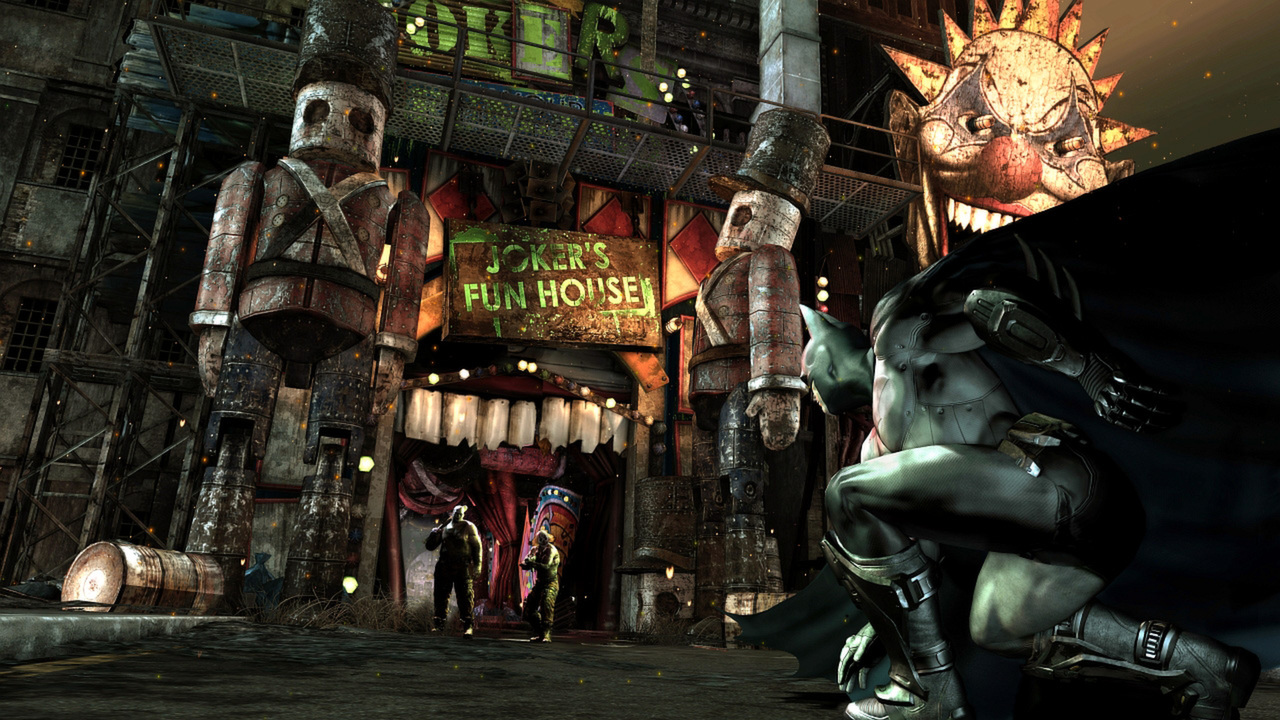
As such, it makes sense that the Arkham series feels like a spiritual sequel to The Animated Series. The games bring back actors Kevin Conroy and Mark Hamill as Batman and the Joker respectively, reprising their voice work from the show. The first game featured Arleen Sorkin returning to the role of Harley Quinn. The first two games employed Paul Dini as a writer. Dini was a key creative figure on The Animated Series, alongside creator Bruce Timm.
Dini is arguably more fascinated by the idea of Gotham than the character of Batman. That fictional city looms large in the public imagination. Like a lot of superhero cities within the DC universe, Gotham was originally created to stand in for a real city. It was intended to be New York City, with legendary writer and editor Denny O’Neil describing Gotham as “Manhattan below Fourteenth street at eleven minutes past midnight on the coldest night in November.”
However, due to the work of various writers and directors in popular media, Gotham has taken on a life of its own. For Tim Burton’s Batman movies, Anton Furst created an Art Deco nightmare, a heightened reality that he compared to “the Yellow Brick Road in the Wizard of Oz.” For Batman Returns, Bo Welch envisaged the city as “a jungle of skyscrapers” that “transform the city streets into dark canyons” to conjure “a feeling of decaying Americana.”
While director Joel Schumacher would heighten that aesthetic even further in Batman Forever and Batman & Robin, this was not the only approach to Gotham. For his Dark Knight trilogy, Christopher Nolan layered Gotham with mobsters like Carmine Falcone (Tom Wilkinson), politicians like Anthony Garcia (Nestor Carbonell), public servants like Harvey Dent (Aaron Eckhart) and businessmen like John Daggett (Ben Mendelsohn). Nolan made the city feel more like a living organism, a real place.
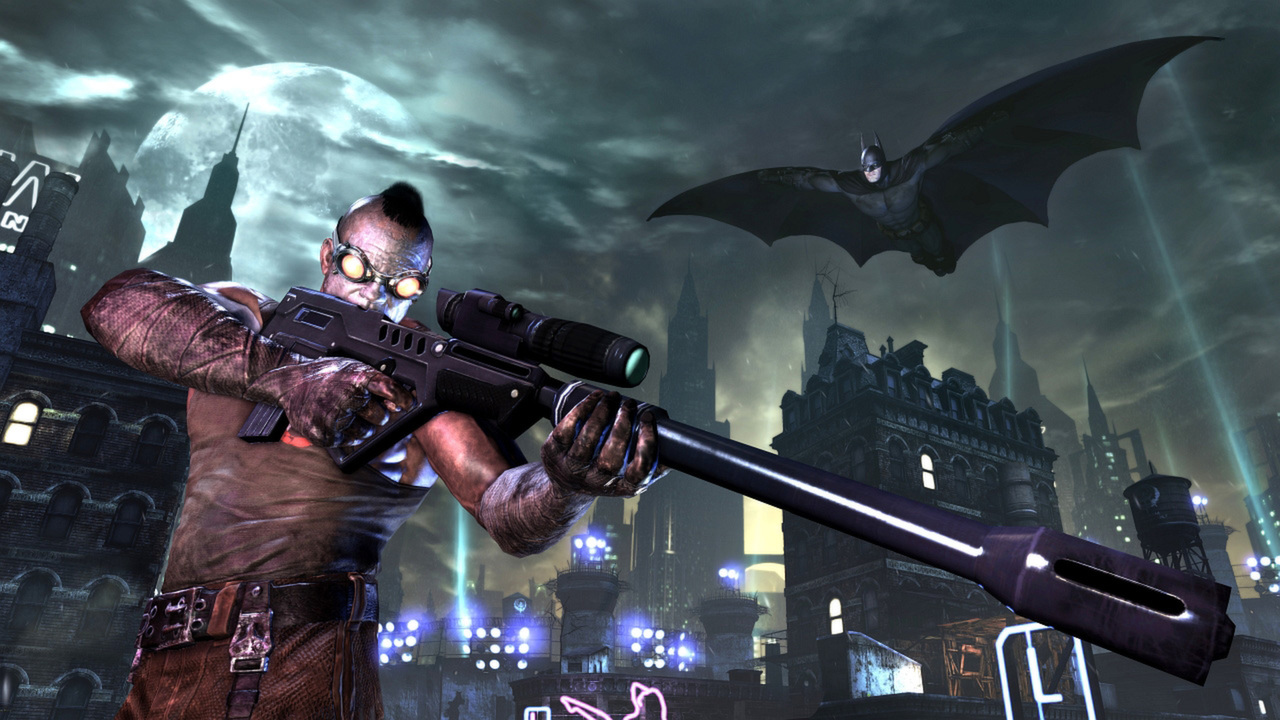
When offered his opportunity to put a stamp on the Caped Crusader, Matt Reeves built eight blocks of Gotham City on sound stages, creating a landscape at once heightened and tactile. These takes on Gotham are all distinct and unique, but there are few places in the popular imagination that feel quite as tangible as Gotham City. Any of these versions is far removed from the green-screened cityscapes that populate so many modern superhero films.
Dini’s fascination with Gotham is pervasive in his works. Writing Detective Comics in parallel to Grant Morrison’s epic and sweeping Batman run, Dini told smaller stories that focused on the relationships within Gotham: the city’s upper crust, the Riddler reinventing himself as a private detective, the Penguin merchandising his brand. Dini followed that run with Streets of Gotham, in which Batman was a supporting character to the city itself.
The Arkham trilogy is so impressive because it realizes that these elements of Batman’s mythos are perfectly suited to video game mechanics, perhaps even more than they lend themselves to conventional narratives like films or comics. This is the reason that Batman: Arkham City, the middle installment of the central trilogy, is the best of the set. It is the game that most successfully exploits the internal logic of video games to capitalize on that end.
The first game in the trilogy, Arkham Asylum, features a number of Batman’s iconic adversaries: Poison Ivy (Tasia Valenza), Bane (Fred Tatasciore), Killer Croc (Steve Blum), Zsasz (Danny Jacobs). However, allowing for certain elements that could be played out of order such as a treasure hunt arranged by the Riddler (Wally Wingert), the bulk of the game was linear. It was all the story of one very complicated plan by the Joker, which played out as a straightforward narrative.
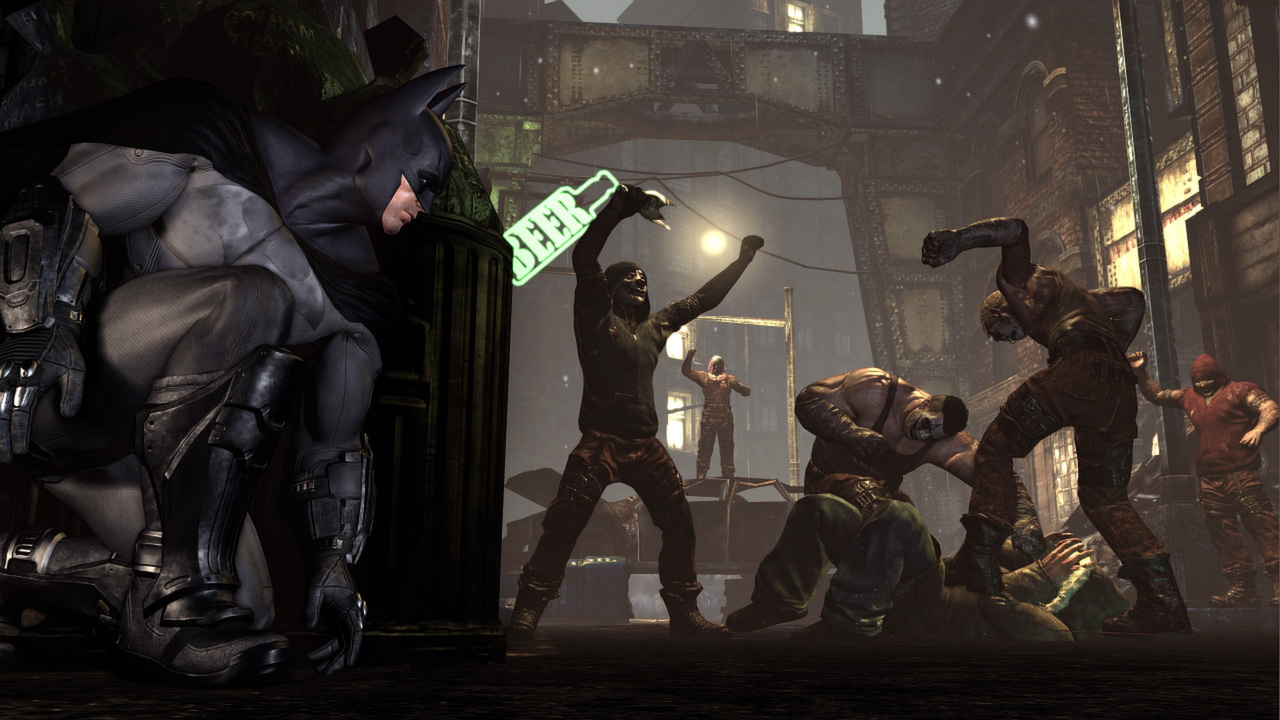
Arkham Asylum is a simple story. Batman brings the Joker back to Arkham Asylum, but the Joker incites a riot that allows him to seize control of the island. The player can wander through the island, but it’s always clear what the primary plot is. In contrast, Arkham City is built more around its setting than a single story hook. A large portion of Gotham has been sealed off, with the criminal population — including the super-criminals — dumped there and left to fend for themselves. Incidentally, in keeping with O’Neil’s edict, it is a cold winter night.
Arkham City doesn’t just expand the size of the map; it expands the scope of the narrative. Once again, there is a central narrative focused on the sinister machinations of Hugo Strange (Corey Burton), which naturally dovetails into a parallel plot focused on the Joker dealing with the consequences of his experiments in Arkham Asylum. As in Arkham Asylum, there are also a large number of trophies and subtasks assigned by the Riddler.
Director Sefton Hill was clear that the production team didn’t see Arkham City as a “sandbox” game. There is a central story and clear objectives. The game simulates a ticking clock with ominous announcements from Hugo Strange counting down the hours until the initiation of “Protocol Ten.” Of course, this is an illusion; the player can take as long as they want to reach that confrontation. However, it does create a sense of escalation and urgency. The game feels like a single long night, particularly if played in concentrated sittings.
However, in parallel to the primary plot, there are side quests that the player can work through in any order. They can stop random attacks on innocent civilians within the city. They can work with Bane to destroy leftover chemical compounds from Arkham Asylum. They can chase down the mysterious Azrael (Khary Payton). They can reunite Mr. Freeze (Maurice LaMarche) with his wife, Nora. They can investigate a set of assassinations conducted by the mercenary Deadshot (Chris Cox).
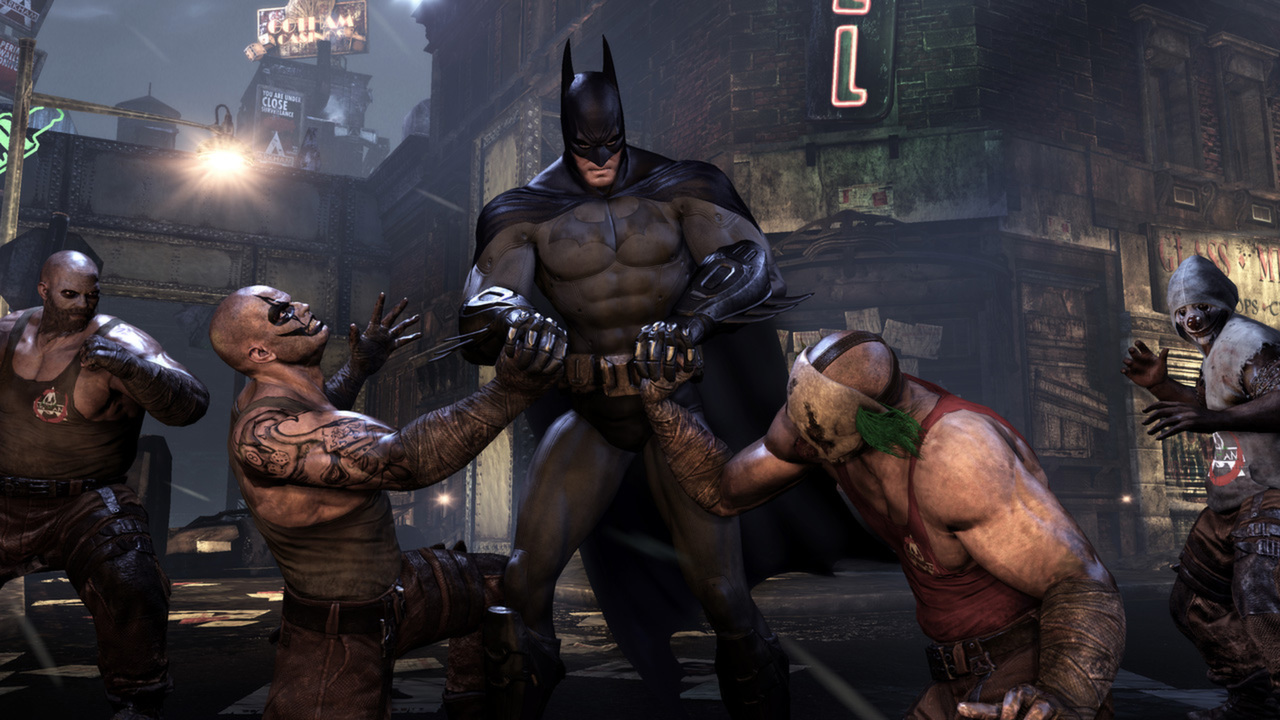
This is all standard internal video game logic, the details that add value to an expensive purchase. However, they also add texture and depth to the world of the game, while taking advantage of the medium to fully place the player in the shoes of the Caped Crusader. There are limits to the choices the player can make within Arkham City, the extent to which they can disrupt or even throttle the narrative unfolding, but it still follows a different logic than film or television or comics.
Within conventional narratives, events flow in an ordered and structured way. Even with a larger epic, there are still self-contained narratives. Arkham City owes a lot to the massive Batman crossover No Man’s Land, but No Man’s Land was structured as a series of smaller arcs that focused on specific characters and villains as part of the larger status quo. It is possible to juggle subplots simultaneously, but only a handful. The best narratives feel streamlined so that events build logically.
In contrast, using the narrative framework of video games, Arkham City confronts the player with the illusion of a ticking clock and a number of competing objectives simultaneously. There’s a careful balancing of the player’s agency. At any given moment, with Hugo Strange announcing how little time remains over the intercom and Joker ringing to remind Batman of his own agenda, there are also multiple markers on the map demanding immediate attention. It can feel overwhelming, which is the point.
However, part of the cleverness of Arkham City is that it often emphasizes Batman’s powerlessness. There is a constant sense that things are happening outside of the player’s control or awareness, that the city and its inhabitants have a life of their own quite independent of Batman. Two-Face (Troy Baker) and the Penguin (Nolan North) are locked in a gang war that often plays off-screen. Although her lair is clearly visible, Poison Ivy only appears in a side quest featuring Catwoman (Grey DeLisle).
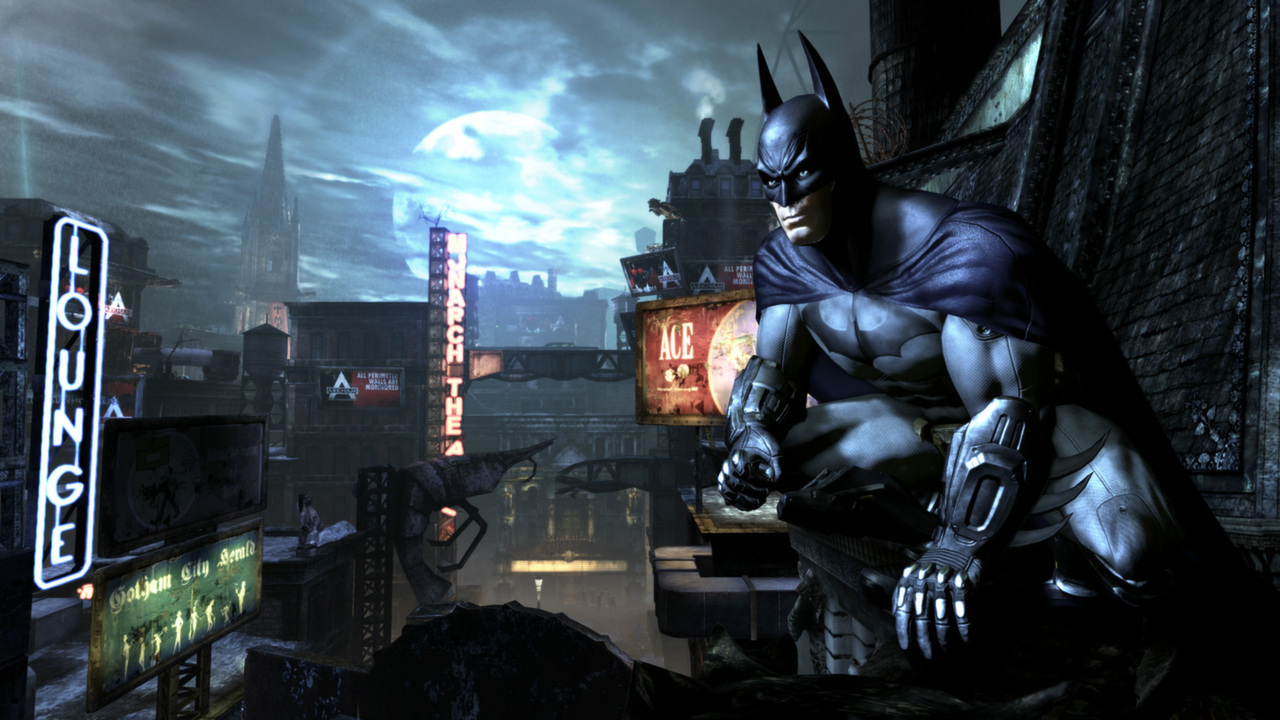
To a certain extent, various Batman media have adopted a similar approach. Tim Burton’s Batman movies were often (unfairly) criticized for foregrounding their villains at the expense of Batman (Michael Keaton). The Batman is often as interested in the dynamics of characters around Bruce Wayne (Robert Pattinson) as it is in Bruce Wayne himself. In The Dark Knight and The Dark Knight Rises, Christopher Nolan tells stories across the strata of Gotham society, with competing agendas colliding to create horrendous results.
However, Arkham City understands that a video game is particularly suited to this storytelling framework, because it’s able to tell that sort of story while still centering Batman, placing the player squarely in Batman’s perspective. It’s an approach that lends itself to the central conceit of Batman as a pulp character, the kind of superhero who would declare a war on the abstract concept of crime. Arkham City presents Batman’s mission as a war of attrition, one fought on a number of fronts simultaneously and escalating beyond the character’s control. Batman does what he can to fight back the insanity, but he can only do so much.
It invites the player to feel what Batman must feel, confronted with that richly defined world shaped around him. It’s a really great integration of the central appeal of Batman as an iconic character and the narrative dynamics unique to video games.

